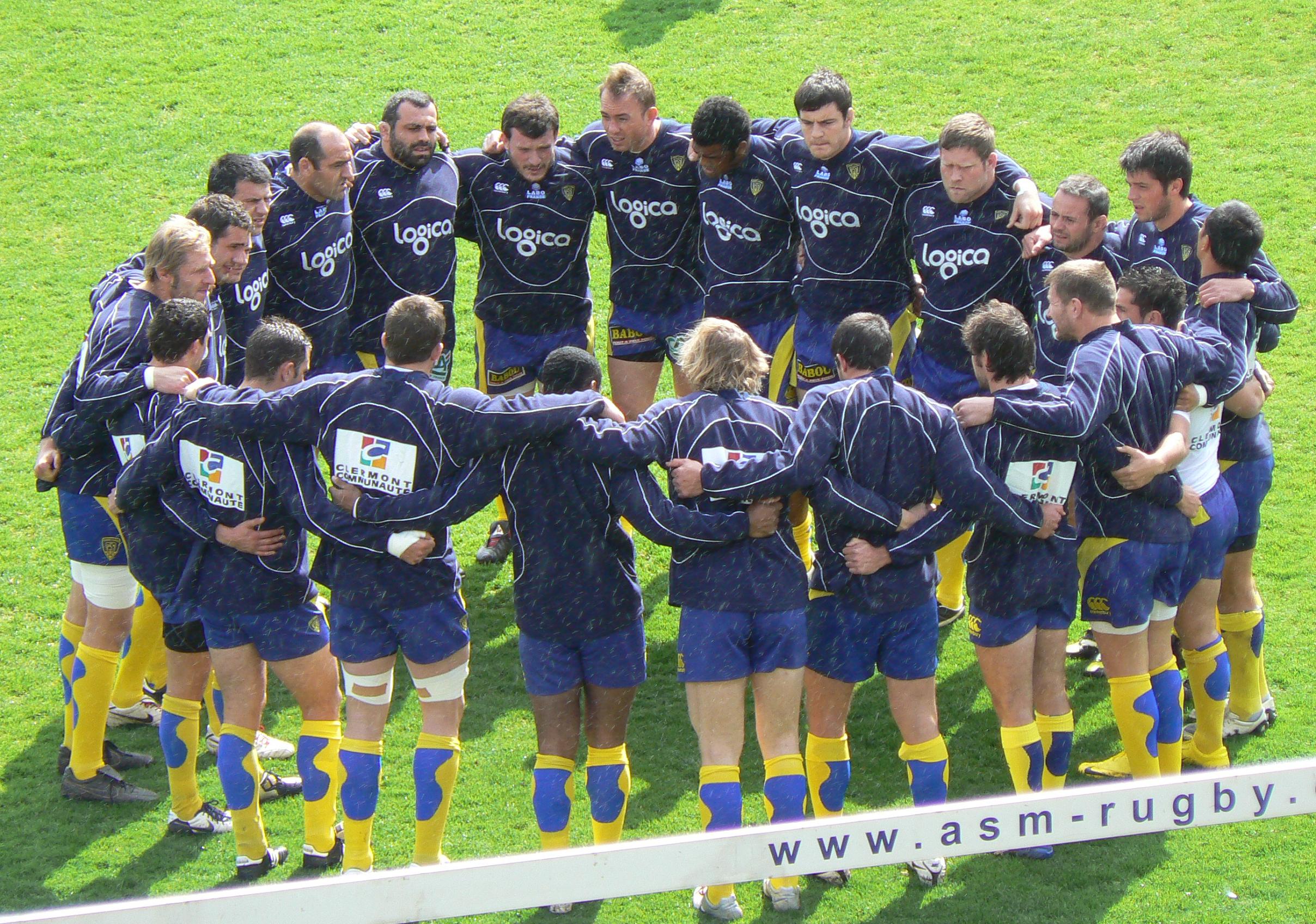Can Emotional Intelligence Shape a Team’s Collective Performance?
This is one of our free-to-access content pieces. To gain access to all Ideas for Leaders content please Log In Here or if you are not already a Subscriber then Subscribe Here.

Emotional intelligence on the part of team members as well as team leaders may have a significant impact on the team’s performance. The mediating factor seems to be trust — something emotional intelligence can enhance, which subsequently leads to better overall collective performance. Read on to find out more.
Research in recent years has consistently shown emotional intelligence (EI) to be a key determinant of performance for leaders and employees. Broadly defined as a set of competencies for identifying, processing and managing emotions, EI has been linked to many individual outcomes, such as job satisfaction and engagement. But what about at the team level — can EI shape team dynamics and collective performance?
This was the central question put to the test by faculty from Carnegie Mellon University, the University of California and Seoul National University. Through their study of just over 90 teams, they found that the EI of team members, as a compositional input to the team, can shape intra-team trust; this, in turn, mediates the effect of EI on team performance. They also found that EI on the part of leaders is important in shaping team emergent states and outcomes, as it helps to set a favourable affective climate within the team.
The researchers define ‘intra-team trust’ as the shared belief of team members regarding the dependability of other members, and the extent to which others care about team interests. This was found to have a mediating effect on EI and team performance. The more accurate team members are in, for example, judging the reactions, intentions, preferences, and future behaviours of others, the more productively they are likely to work together. This is likely to be because the more in tune with the emotions of other members an individual is increases trust by minimizing miscommunications.
The importance of the role of leaders in managing affect at work is also clear from these findings, as leader EI significantly interacted with the EI of members to predict team performance. However, the researchers found that leader EI enhances team performance only when member EI is low (and vice versa). In other words, when members lack EI resources to handle internal emotional processes and to cope with external threats and uncertainties, the team is more likely benefit from leaders with sufficient EI resources. Similarly, when a leader lacks EI resources, the team is more likely to benefit from the EI resources of its members. But when both are high, this suggests the relationship will be compensatory, rather than mutually reinforcing the effect of each other.
The key take-away from this study is that teams with high average EI on the part of members may achieve higher performance. As such, EI is an important employee attribute that should be part of the selection process when forming teams; similarly, HR managers could benefit from this information when recruiting new employees.
Secondly, this study also emphasizes the role of leaders in managing emotions in team settings; leaders should pay careful attention to this, particularly when followers have low EI. However, they should remember that either high average member EI or high leader EI is sufficient to induce a high level of team performance, not necessarily both. They should gauge whether it is necessary to focus on this accordingly.
Finally, organizations can also improve the performance of their work teams by providing training interventions designed to enhance employee EI. This could be in the form of, for example, executive education programs specifically focusing on EI.

Ideas for Leaders is a free-to-access site. If you enjoy our content and find it valuable, please consider subscribing to our Developing Leaders Quarterly publication, this presents academic, business and consultant perspectives on leadership issues in a beautifully produced, small volume delivered to your desk four times a year.

For the less than the price of a coffee a week you can read over 650 summaries of research that cost universities over $1 billion to produce.
Use our Ideas to:
Speak to us on how else you can leverage this content to benefit your organization. info@ideasforleaders.com